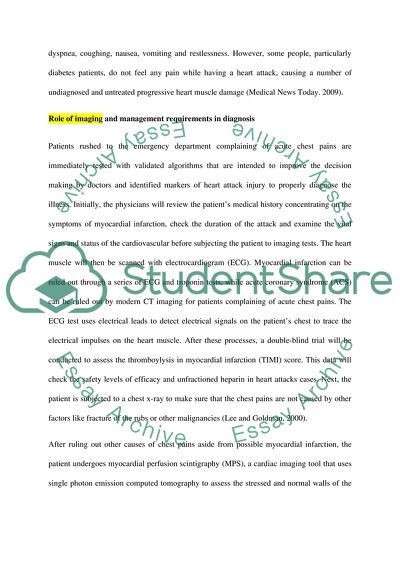Cite this document
(Cardiovascular Conditions - Heart Attack Report, n.d.)
Cardiovascular Conditions - Heart Attack Report. https://studentshare.org/health-sciences-medicine/1780963-heart-attack
Cardiovascular Conditions - Heart Attack Report. https://studentshare.org/health-sciences-medicine/1780963-heart-attack
(Cardiovascular Conditions - Heart Attack Report)
Cardiovascular Conditions - Heart Attack Report. https://studentshare.org/health-sciences-medicine/1780963-heart-attack.
Cardiovascular Conditions - Heart Attack Report. https://studentshare.org/health-sciences-medicine/1780963-heart-attack.
“Cardiovascular Conditions - Heart Attack Report”. https://studentshare.org/health-sciences-medicine/1780963-heart-attack.


